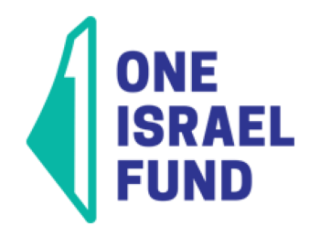Dyslexia Tutoring Empowering Struggling Readers Professional
1 year ago - Services - New York City - 45 viewsDyslexia tutoring can help individuals with dyslexia improve their reading and writing skills. It involves customized, one-on-one instruction tailored to the individual's unique learning needs and strengths.
Dyslexia tutoring is a learning disorder that profoundly impacts the brain's ability to process language. This condition poses significant challenges for individuals, hindering their fluency and accuracy in reading and writing. Consequently, it leads to immense frustration and severely limits their academic and career prospects. However, there is a proven and effective solution: dyslexia tutoring.
Dyslexia tutoring employs a highly personalized and one-on-one approach, meticulously tailored to address the specific learning needs and strengths of each individual. Through this method, a skilled tutor closely collaborates with the learner, diligently identifying their unique strengths and weaknesses. Together, they develop effective strategies to overcome the hurdles posed by dyslexia, fostering a sense of confidence and self-esteem. The transformative power of dyslexia tutoring cannot be overstated, as it empowers individuals to unlock their full potential and triumphantly achieve their goals.

Understanding Dyslexia
Defining Dyslexia
Dyslexia is a learning disorder that affects a person's ability to read, spell, write, and even speak fluently. Dyslexia is not a result of a lack of intelligence, motivation or poor vision. It is a neurological condition that makes it difficult for people to process and understand written words, causing them to struggle with reading and writing tasks.
Causes And Symptoms
The causes of dyslexia are not well understood, but researchers believe that it may be due to genetic, environmental, and brain development factors. Dyslexic individuals may struggle with recognizing letters, letter sounds, and decoding words, which can lead to difficulties with reading comprehension, spelling, and writing.
Other common symptoms may include difficulty in pronouncing words, confusion while processing spoken language, and difficulty with direction and time.
Dyslexia Types: Disambiguating Surface, Phonological, And Deep Dyslexia
Dyslexia can be categorized into three different types: surface, phonological, and deep dyslexia. The disambiguation of dyslexia types can help identify individual learning strengths and weaknesses.
- Surface dyslexia: Individuals with this type of dyslexia have difficulty recognizing words that do not follow common spelling rules. It can cause reading errors such as saying "yacht" instead of "yak" or "know" instead of "now."
- Phonological dyslexia: In this type, individuals have difficulty with the sound structure of words, such as recognizing the sounds of different letters. It can lead to difficulties with reading and spelling that are not related to the spelling rules.
- Deep dyslexia: Individuals with deep dyslexia might substitute a similar-sounding word for the written word, which can result in reading errors. They might also have difficulty with abstract concepts and non-literal language.
Common Barriers Faced By Dyslexic Students In Learning
Dyslexic students may encounter various obstacles in their learning journey that can significantly impede their academic progress. The most common barriers they face include:
- Difficulty with phonics
- Reading comprehension challenges
- Anxiety and self-esteem issues
- Difficulty with spelling and writing
- Time management problems
- Memorization struggles
Dyslexia tutoring can help students overcome these challenges by providing specialized instruction and one-on-one support.

















